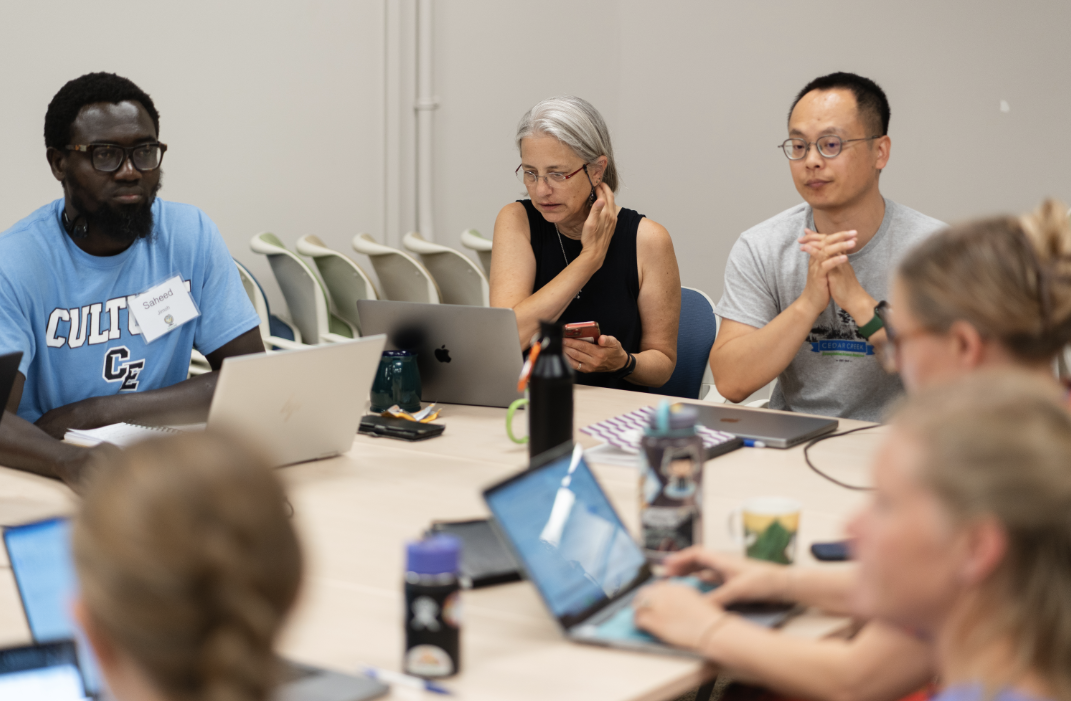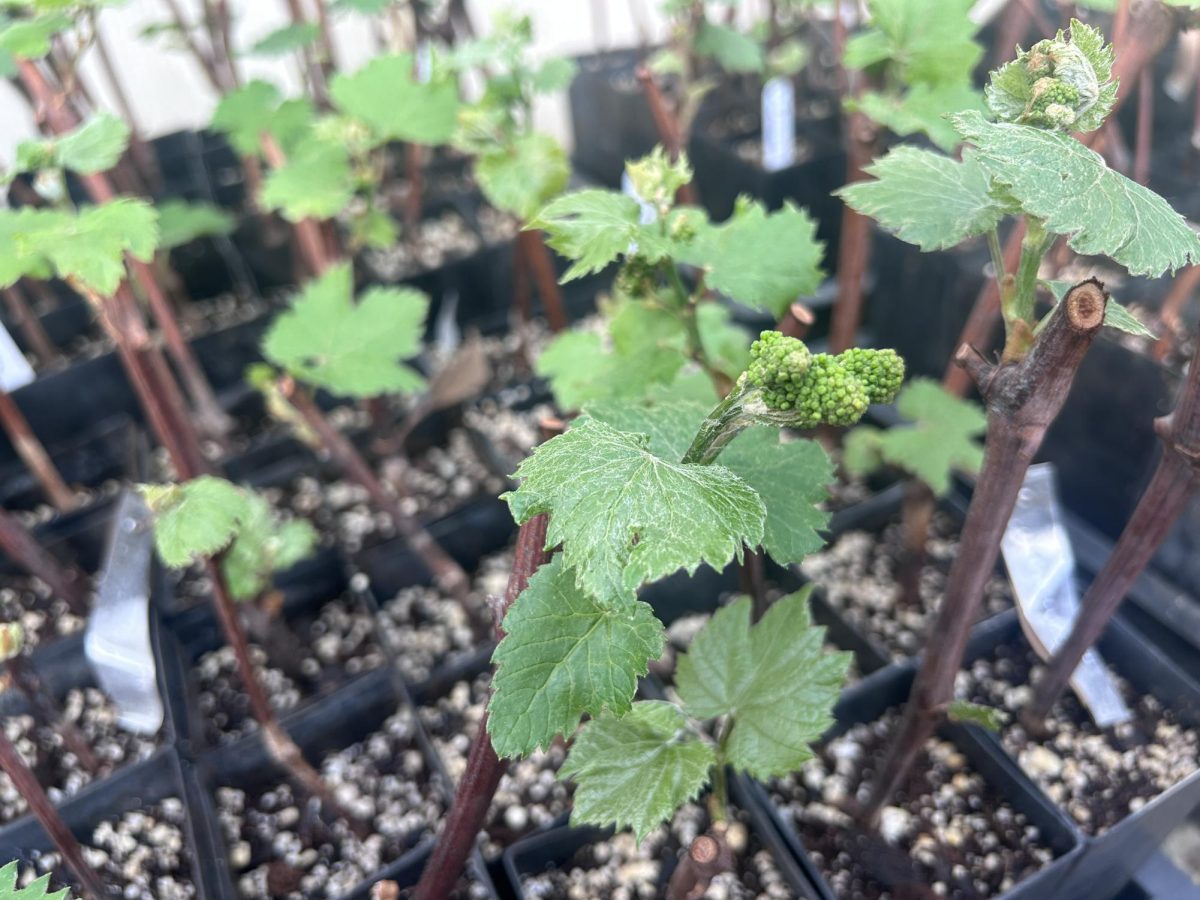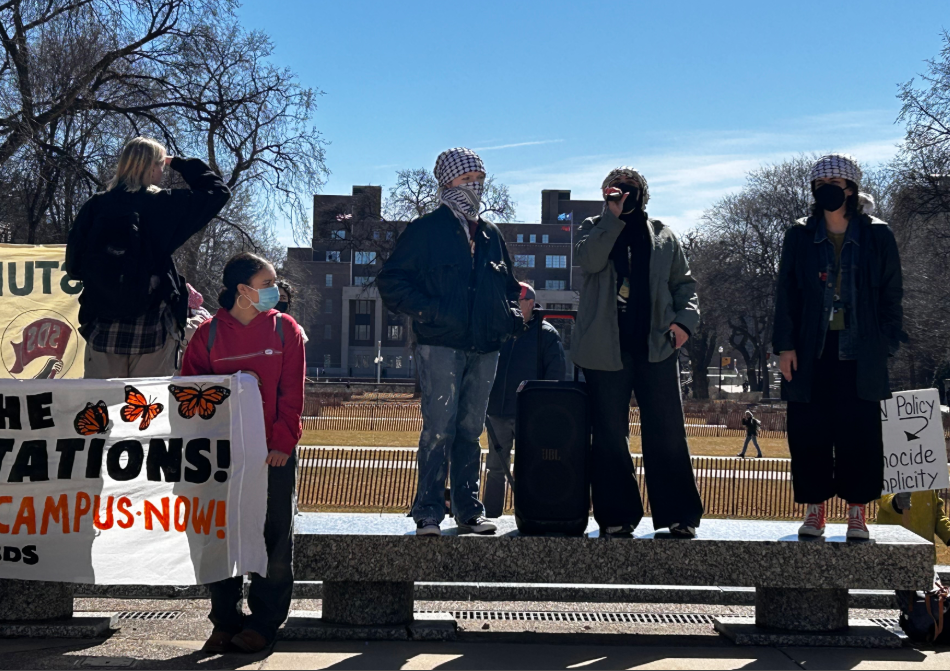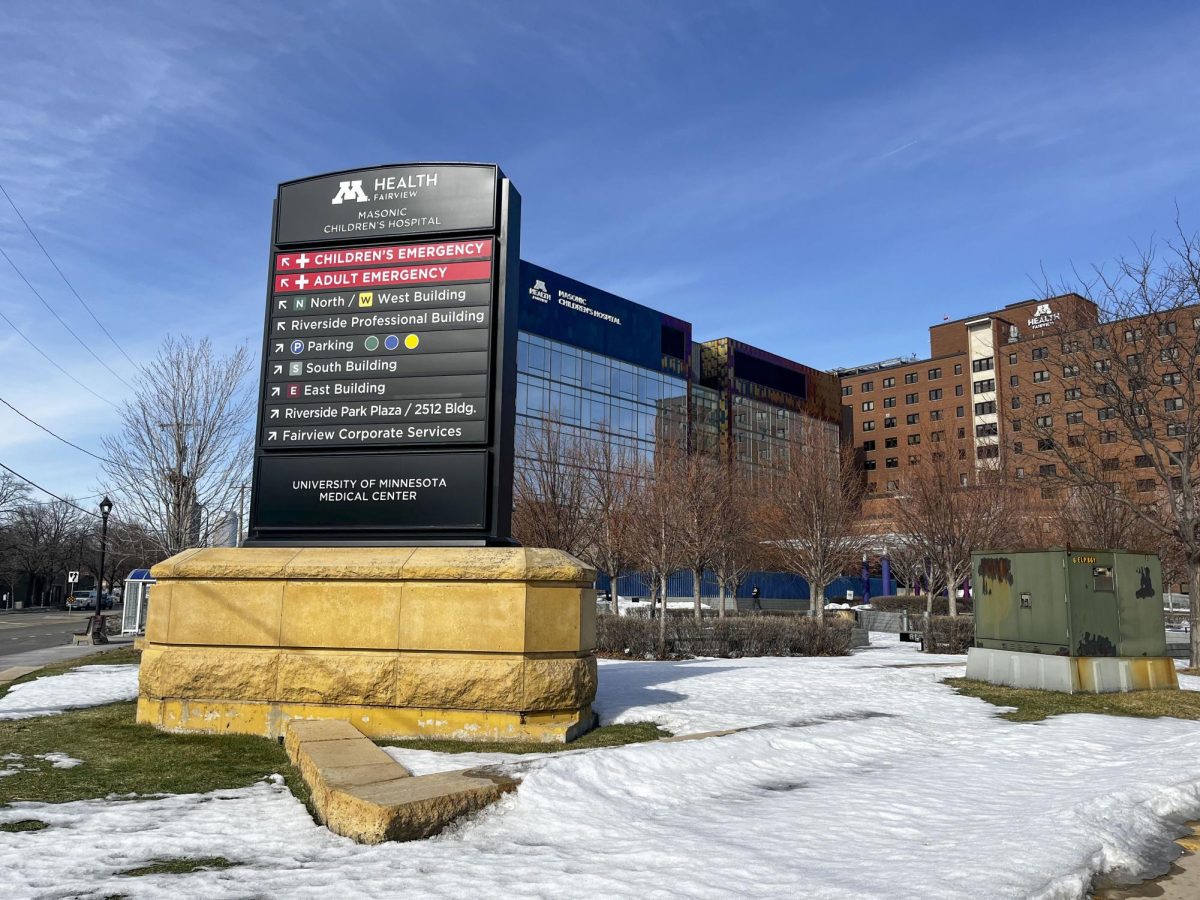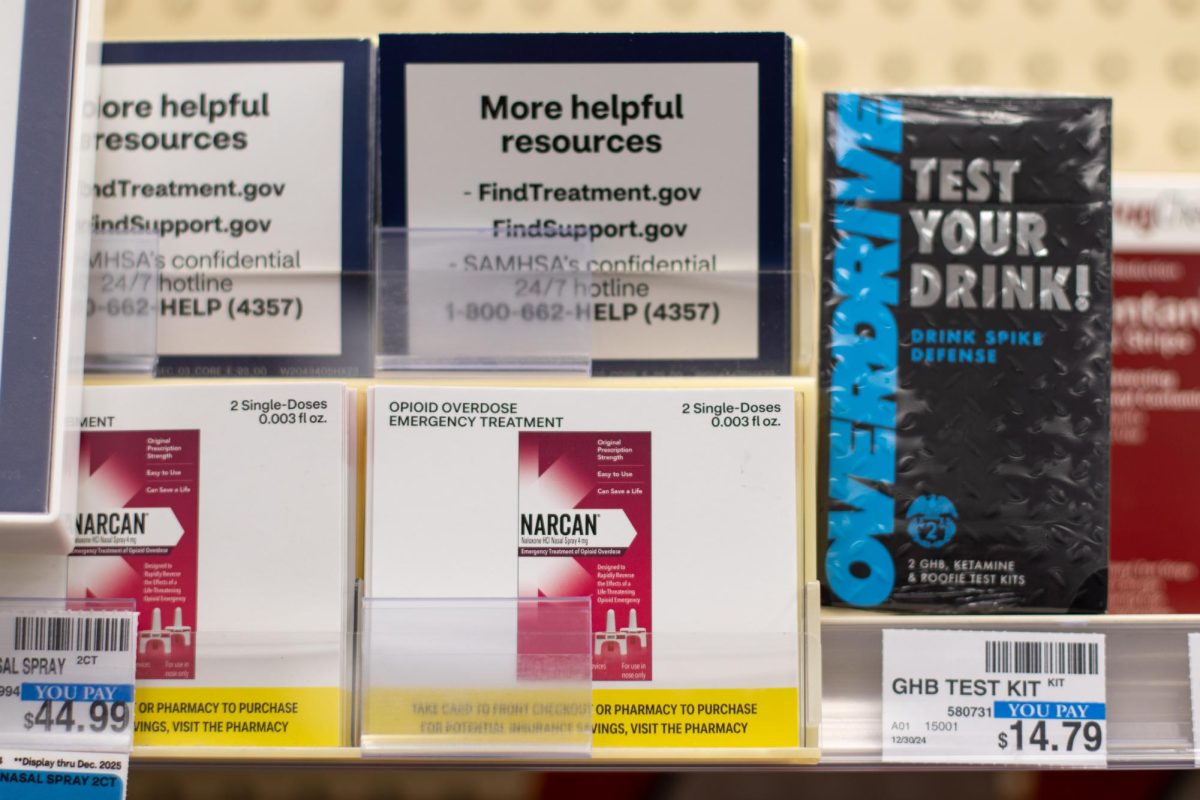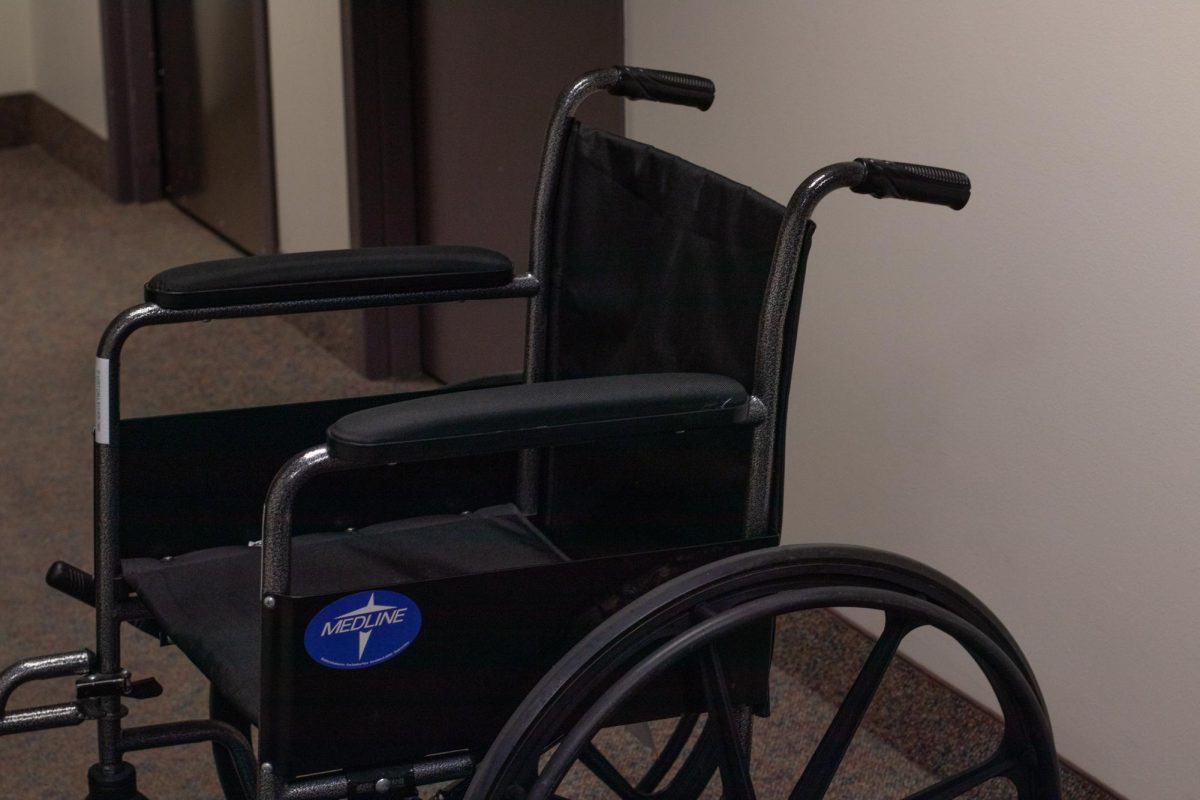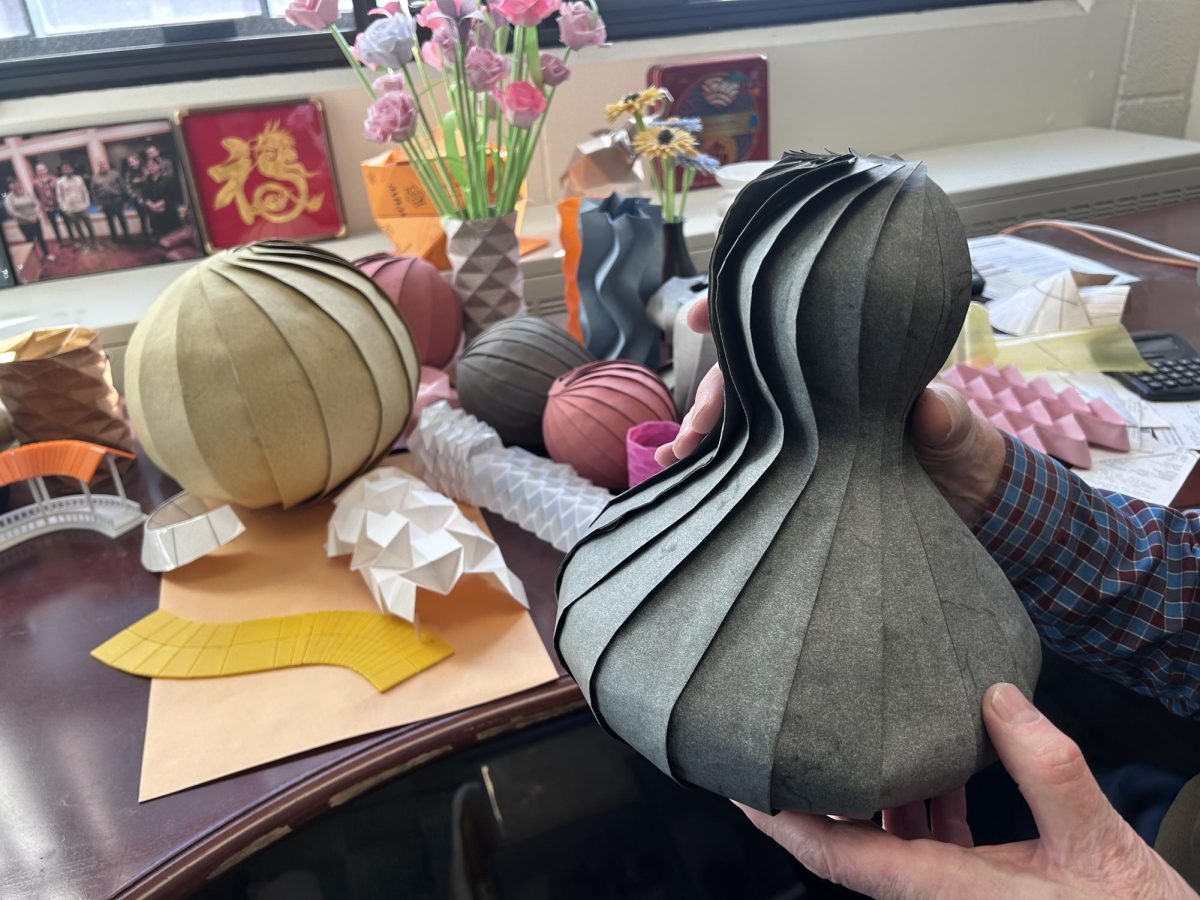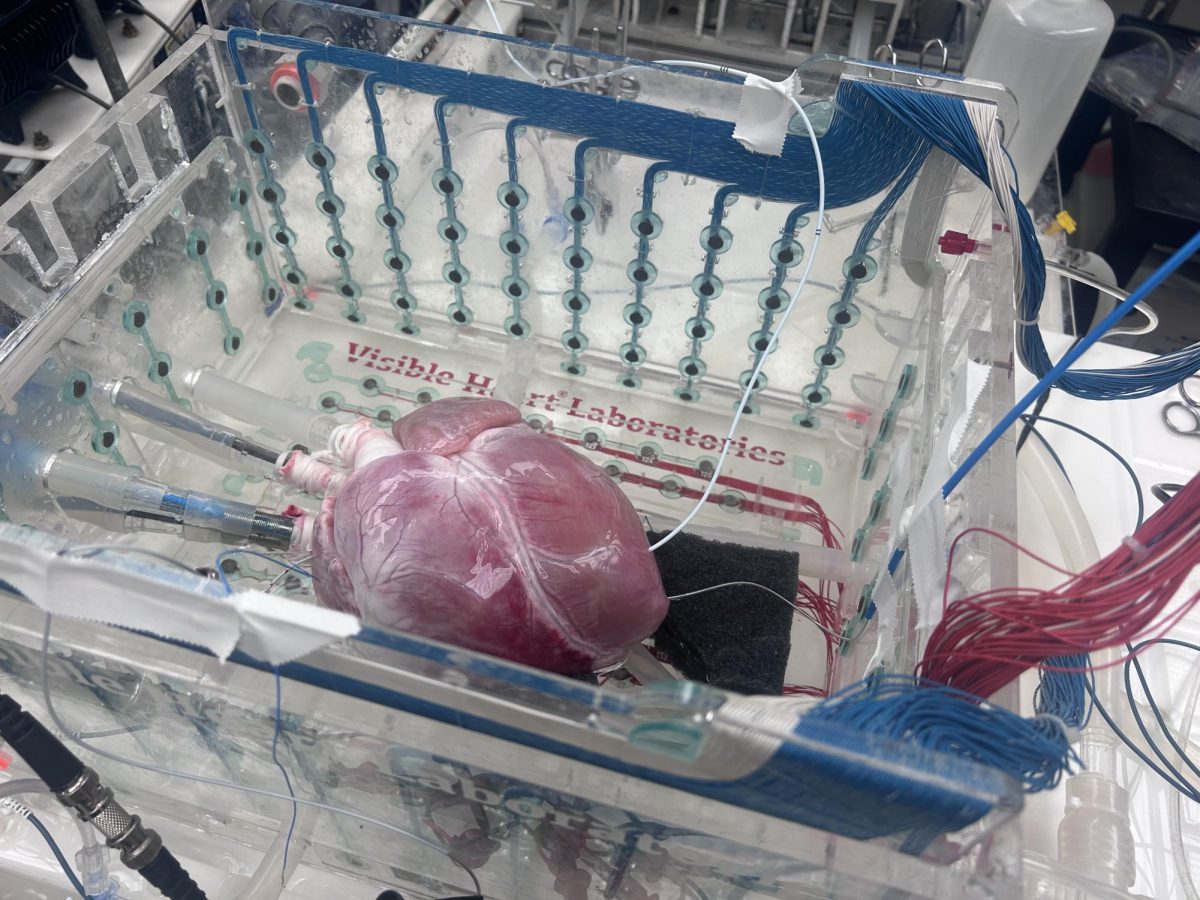Researchers at the University of Minnesota are hosting the inaugural meeting of the Disturbance and Recovery Across Grasslands Network (DRAGNet) from July 28 to Aug. 2.
The Network, which is made up of more than one hundred researchers from 60 sites in 18 countries around the world, will meet in person for the first time to discuss their findings on global change, according to Co-lead Researchers Elizabeth Borer and Eric Seabloom.
Global change studies how the Earth’s system changes based on interactions between the environment, living things and human activities.
Though DRAGNet held a virtual meeting in March, Borer said this will be the first time participating researchers meet in person to present and analyze their data.
“This is so exciting,” Borer said. “We’re going to start to address some of the hypotheses that we set out to test with these experiments.”
Global change is often equated with climate change, Borer said. However, measuring global change accounts for additional variables like tilling, seed fertilization, animal harvesting and fossil fuel emission.
Though Seabloom estimates more than a hundred individuals are involved in DRAGNet, he said it is unknown how many scientists have taken part, given the manpower required to execute this research.
This kind of global-scale research is incredibly important in creating opportunities for new ideas and approaches to inform critical scientific work, said College of Biological Sciences Dean Saara DeWalt in an email statement to the Minnesota Daily. She said the University’s strong reputation in fields of ecological research is due to “ambitious, paradigm-shifting” work, like DRAGNet.
Borer and Seabloom conduct their research at the University’s Cedar Creek Research Site in East Bethel, Minnesota.
Seabloom said DRAGNet’s research is unique because they will take the results from experiments at the Cedar Creek site and discern whether these results are applicable to the rest of the world.
Borer said research is typically conducted at a single site because it is logistically complicated to perform an experiment in more than one place. She said this left her and Seabloom with an important question — what would happen if they did the same experiment at a different location?
“We can gain lots of great insights from single-site studies,” Borer said. “But it does leave open that concern that we might not be capturing all of the possible responses that would happen on Earth.”
Now, Borer and Seabloom’s experiments are being replicated at research sites worldwide.
According to Borer, the idea is to capture a range of environmental characteristics, such as evolutionary history, soil type, geology and climate.
DRAGNet is an extension of the Nutrient Network (NutNet), a similar grassroots network that began in 2007 where experiments are replicated at 171 sites around the world, according to Seabloom.
“That’s really changed how people do science,” Seabloom said. “There’s a lot of other people who are using our approaches to study evolutionary questions, species invasions, lots of different questions.”
Borer said she and Seabloom first pitched the idea of DRAGNet to the scientific community in late 2019, intending to open the Network for research in 2020. This plan was stifled by the onset of the COVID-19 pandemic.
Though every site had challenges with the pandemic, it particularly influenced DRAGNet’s implementation because the Network relied on the collaboration of researchers from different countries, Borer said. Nonetheless, Borer and Seabloom persisted; four years later, they are reaping the benefits.
“We figured out a way to make it happen,” Borer said. “We felt confident that this would work. We just started to kind of feel our way through how to make it work, and it’s just meant that we’ve had a little bit longer startup period than we expected but we’re rolling. I mean, 60 sites, that’s amazing.”
Borer said a primary goal of the Network’s meeting is building community.
Borer and Seabloom advertised membership to the Network via social media and their networks. There is no material incentive to join, so those who contribute data do so in the interest of science, Borer added.
“There are people in the world who recognize what they’re going to learn from working with this global community vastly exceeds what they can do on their own,” Borer said. “This is a group of collaborative people who want to join together to build something bigger, and I think that’s really what drives it.”


